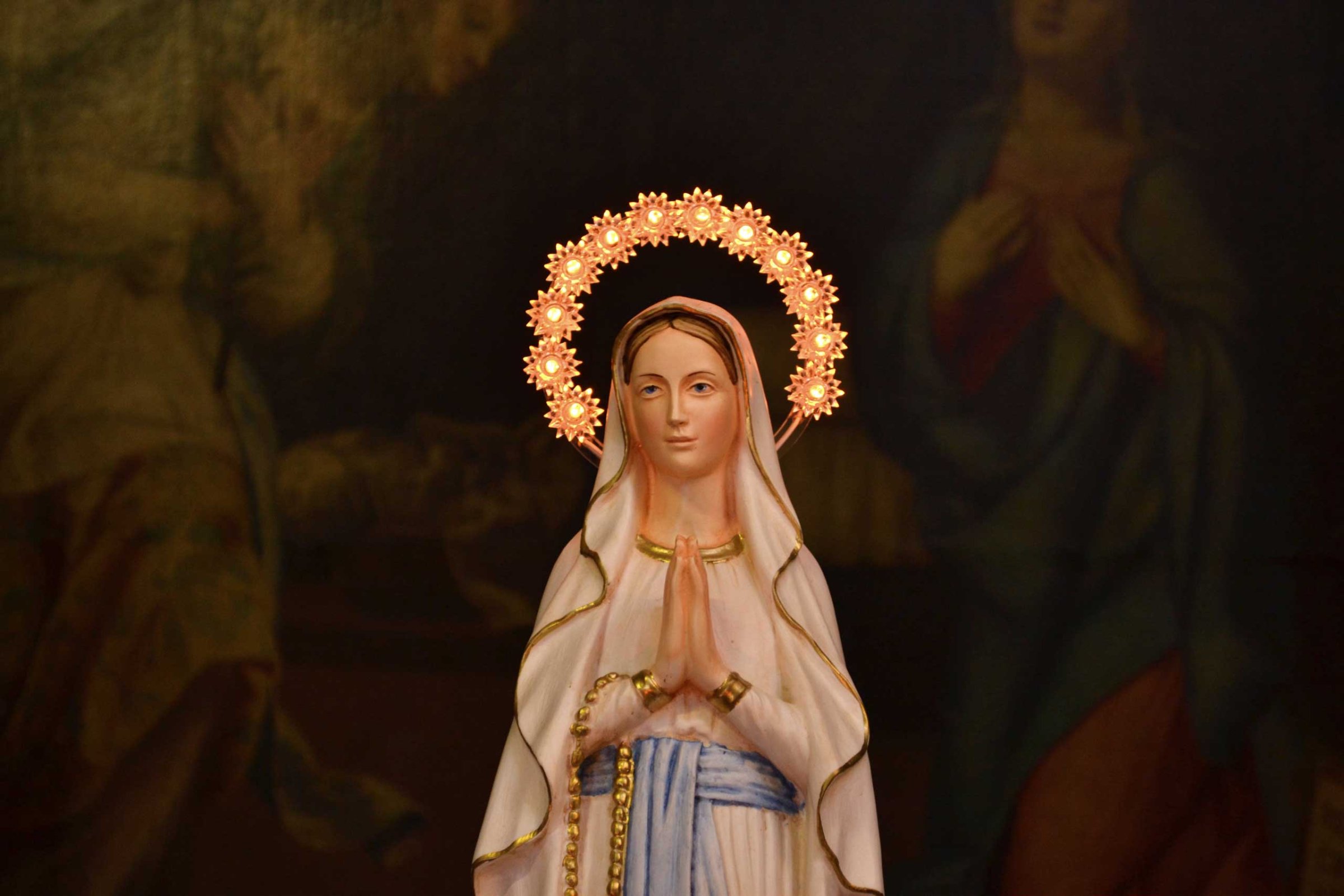
Today, Christians around the world celebrate the ancient Marian Feast of the Annunciation. Falling nine months before Christmas, this holy day commemorates Jesus’s conception in Mary’s womb. Of particular focus is Mary’s courageous choice to say “yes” to God’s invitation to be the mother of Jesus.
Devotion to Mary is an integral part of being Catholic. It also plays a poignant role in the life of Pope Francis, who is known to pray the rosary three times a day.
A pope dedicated to Mary is about as guaranteed as a pope who is Catholic. But Francis’s Marian devotion stands apart from his predecessors for one reason: Francis’s conception of Mary is not just as the meek mother of God, but also as a strong and courageous leader of the faith.
While studying in Germany in the late 1980s, the future pope, then named Jorge Mario Bergoglio, developed an affinity for the baroque painting “Mary Untier of Knots.” The work depicts Mary untying a knotted rope while stomping her foot on a serpent. The message of the painting is clear: Mary solves problems, heals divisions, and defeats evil.
Moved by the painting, Pope Francis brought it back to Argentina and created a popular devotion to Mary Untier of Knots. One can say with confidence that the same Mary now stands as his patron as he navigates the church’s way forward during an exciting, uncertain time.
One issue that Francis must contend with is the leadership role of women within the church. While Francis has led the church’s ongoing evolution on its pastoral care of the LGBT community, not nearly as much progress has been made on church’s inclusion of women.
This is unfortunate. While men make up the hierarchy of the church, women play important roles. For example, women teach children, serve the poor in soup kitchens and social-service agencies and minister to the sick. Christians should look to these strong women for leadership. If women can lead the church on the ground, why can’t they have a seat at the table?
After all, that was the way it was in the beginning.
After Jesus’ death, Mary Magdalene went to the tomb to remove his body. On the way there, she encountered a gardener. The gardener revealed himself to be the risen Christ. As Mary ran to tell the other disciples the good news, she held within her the very reason of the church: to share God’s saving love in Jesus. In that moment, some argue that she was the church.
If the Catholic Church is going to have a future, it must rediscover these radical roots. A church without women in leadership is a church without a future.
More Must-Reads From TIME
- The 100 Most Influential People of 2024
- The Revolution of Yulia Navalnaya
- 6 Compliments That Land Every Time
- What's the Deal With the Bitcoin Halving?
- If You're Dating Right Now , You're Brave: Column
- The AI That Could Heal a Divided Internet
- Fallout Is a Brilliant Model for the Future of Video Game Adaptations
- Want Weekly Recs on What to Watch, Read, and More? Sign Up for Worth Your Time
Contact us at letters@time.com